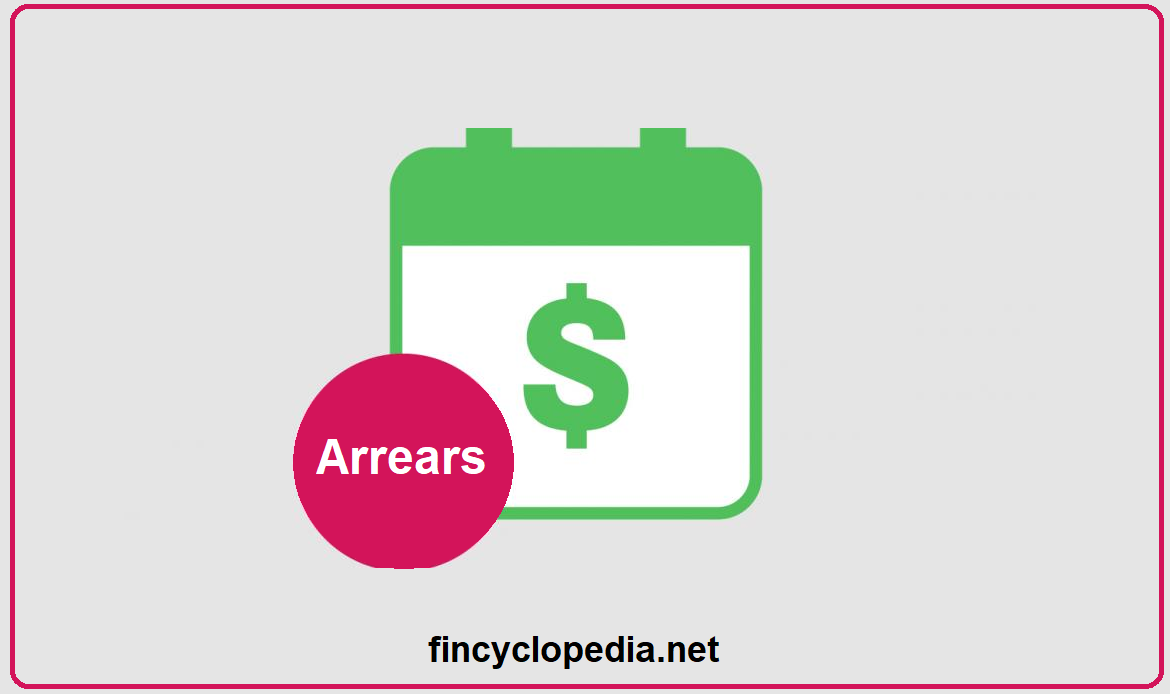Trading a debt security like a bond/ note at a price equal to its par value (face value). Face value/ par value (also, principal) is the amount the debt security was issued for. It is the amount a debt security issuer promises to pay the buyer/ holder at maturity. For example, a $1000 par bond which is selling at $1000 is said to be trading at par (hence it is known as a par bond). In other words, such a bond is not trading below or above par. For a bond trading at par, the current yield would be equal to the coupon rate. Short-term bonds will trade closer to par value because it is more likely that the holder will receive the full amount (par value) of the bond at maturity. For long-term bonds trading at par, market price/ value would rise more proportionately if interest rates fell today, and vice versa.
Par values are typically constant, contrary to market prices which fluctuate with changes in market forces and conditions.






